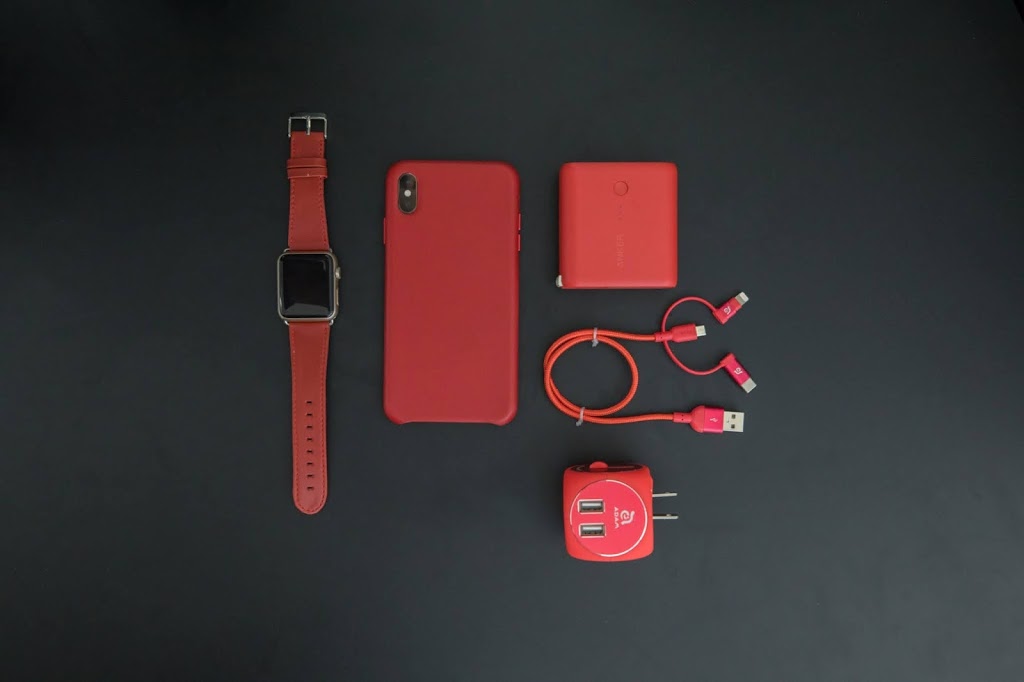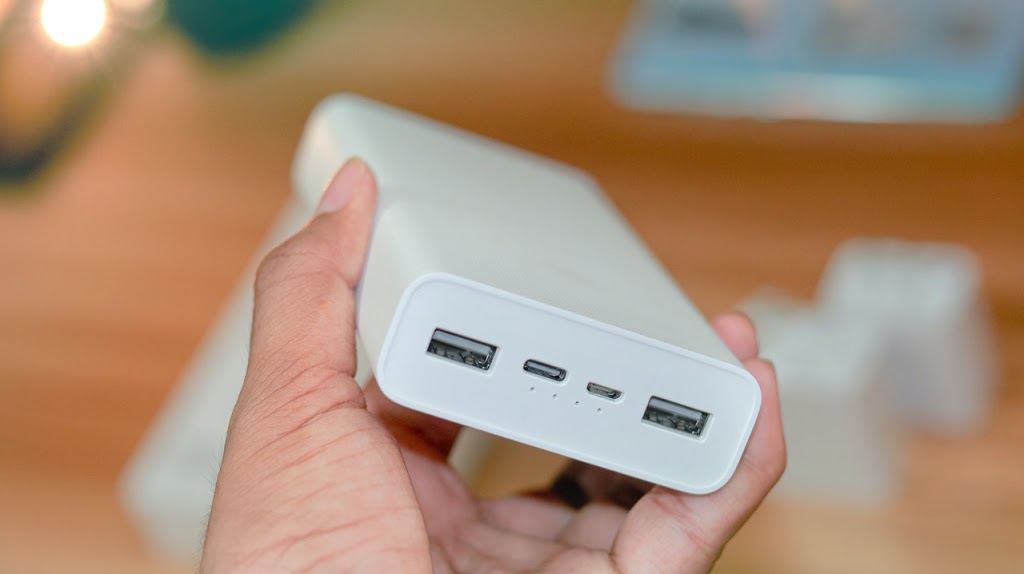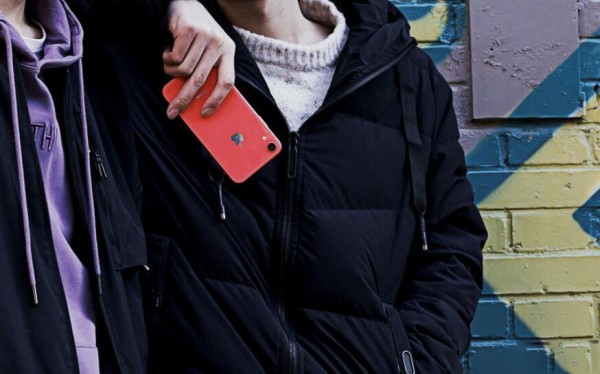In recent years, everyone can clearly see that the performance of mobile phones is getting better and better. But battery technology has stagnated, and battery life has become the most troublesome issue for smart products.

Currently, manufacturers are using various ways to solve the problem of mobile phone battery life.
- On the one hand, it is to shorten the charging time through fast charging,
- On the other hand, it is to introduce products such as power banks to improve the availability of battery life of mobile phones.
So, how to choose a power bank?
- Battery cell and battery capacity,
- Power Bank Protection circuit,
- Fast charging compatibility
- Appearance (size, dimensions, etc)
Battery cells and battery capacity
- Battery cell and battery capacity determine the safety and charge and discharge performance of power banks.
- For power banks, safety always comes first.
- The safety performance of the power bank is largely determined by the power bank batteries.
- There are two main types of power bank batteries, one is 18650 batteries and the other is lithium-ion polymer batteries.
- 18650 batteries produced by Samsung among them, the 18650 battery cell is cylindrical and has a similar appearance to the AA battery.
This battery is protected by a hard shell and has good puncture resistance and deformation resistance, but it is prone to accidents such as an explosion in extreme cases.
The appearance of the lithium-ion polymer battery cell without hard shell protection, the safety factor is worse than 18650.
Of course, there will be no accidents in the daily use of power banks that meet the quality standards. We especially need to pay attention to the habits of using power banks in our daily lives.
Lithium-ion polymer batteries battery capacity determines the duration of the mobile power supply.
I am afraid this is not the case. Many places have issued regulations restricting the carrying of large-capacity power banks. If the capacity is too large, it may not be possible to bring them on planes, subways, and other transportation. Besides, carrying “Brick size” power banks out of the home is not portable. We recommend a power bank with a capacity of 10000mAh-20000mAh.
A power bank with battery capacity in this range can achieve a balance between portability and actual charging capacity.
But for power banks, is it true that the larger the capacity, the better?
I am afraid this is not the case. Many places have issued regulations restricting the carrying of large-capacity power banks. If the capacity is too large, it may not be possible to bring them on planes, subways, and other transportation. Besides, carrying “Brick size” power banks out of the home is not portable. We recommend a power bank with a capacity of 10000mAh-20000mAh.
A power bank with battery capacity in this range can achieve a balance between portability and actual charging capacity.

The protection circuit of the power bank
- The main function of the protection circuit is to further protect the safety of the power bank.
- Generally, the core of the protection circuit of a power bank is composed of a protection IC and a power transistor.
- The function of the protection IC is to detect whether the power bank is overcharged/over-discharged.
- The protection circuit detects the surrounding temperature.
- The power transistor is mainly to prevent the battery from overcharging and discharging.
Fast charge compatibility
- Fast charge compatibility, just like mobile phones.
- Fast charging of compatible mobile phones has also become one of the important selling points of power banks.
- The high-priced power bank supports the output of many fast charging protocols.
- It also relies on third-party fast charging for charging.
- The fast-charging protocols currently compatible with third-party power banks generally include Apple2.4A, PD, QC, AFC, etc.
- In fact, a power bank compatible with Apple2.4A, PD, and QC can realize fast charging for many mobile phones.
- Power bank fast charge iPhone12Pro with 18WPD.
The appearance of Power Bank
- Appearance, dimensions, and looks are also the key parameters of purchase.
- The exterior material of mainstream power banks is generally plastic or metal.
- The plastic material has good portability, does not feel cold when it is picked up, and the look is not advanced enough
- The metal material has a high look and feels and is not scratch-resistant.
- Metal will have a clear cold feeling in winter, and it has better flame redundancy than plastic materials.
Different people have different opinions on the appearance of materials. Personally, I prefer plastic materials. After all, I don’t want the metal casing to scratch other devices.
Other important parameters of choosing a power bank are :
- Solar based charging,
- Types of cables provided with power bank,
- Charger provided with Power bank
Summary:
- The purchase of power banks should comprehensively consider capacity, safety, and fast charging. A little observation of the mainstream power banks in the market will reveal changes in the market’s direction.
- First of all, capacity is no longer the only measurement indicator of power banks.
Secondly, safety can be said to be the most important selling point of the power bank category. - Thirdly, power banks serve mobile phones most of the time, and fast charging feature in power bank that cannot be ignored.
We have checked some important parameters of the power bank. As an emergency product, the power bank + mobile phone can meet the user’s one-day battery life, which is not a problem. If the power demand of the power bank is high, if possible, the wired/ wireless charging experience is better than the power bank. Much. Finally, we suggest: do not be greedy for cheap power bank as it is a good one time investment for 3-4 years.
